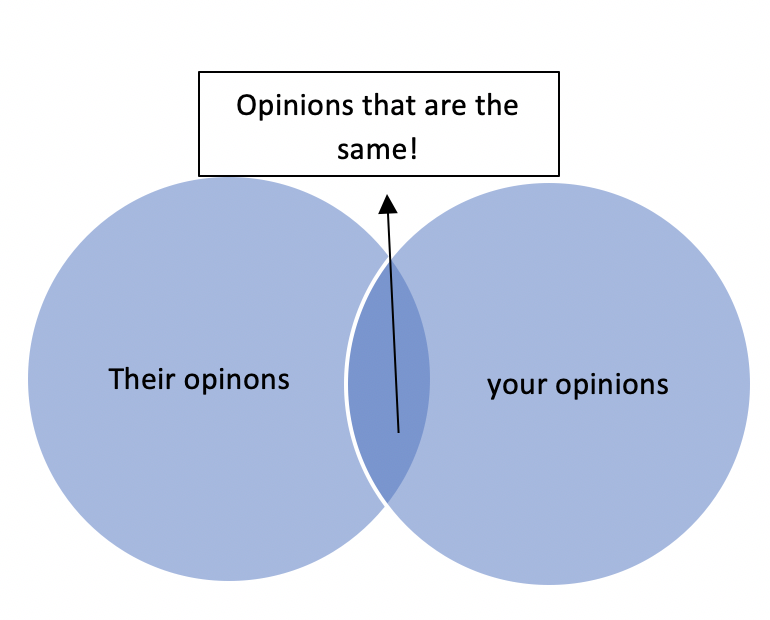Developed by Emily A.

Essential Question:
Why is it important that we support our opinions with reasoning?
Background Knowledge:
It is important to state your opinion correctly. An opinion is your own feelings or thoughts on something that is based on reasoning.
When stating an opinion consider using some of these sentence starters to ensure the audience knows it’s your thoughts. Some include:
- I think…
- I believe…
- I feel that…
- In my opinion…
- I don’t like…
- I prefer…
Another factor is to make sure you state your opinion with a reason. You want to justify your opinion by giving the reason why you think, believe, or prefer something. See if you can tell the difference between these two sentences:
- This is my favorite because I like it. (weak)
- In my opinion, water is a necessity because you cannot live without it. (strong)
As you can see, the second sentence sounds stronger because it provides a sentence starter, an opinion, and a reason why. Now that we have a better understanding of how to state an opinion correctly, let’s practice writing and stating opinions!
Materials:
- Pencil
- Paper
Safety Protocol:
While there are no safety concerns with this lesson, you will need to talk to a parent/guardian, family member, or friend to complete this activity.
Activity Procedure:
Step 1: On paper, write opinions on things that you have around your house. Consider things like food, colors, objects, pets, etc. Make sure you have a proper opinion statement, such as the one underlined below. Have 5-10 different opinion statements.
Example: I like goldfish more than I like Famous Amos cookies because I prefer salty over sweet.
Step 2: Pick a family member or a friend to discuss these opinions. Make sure you provide a reason for your opinion. Ask for their opinion and reason back. Have a conversation.
Step 3: Write down their answers and reasons. Note if they agree or disagree with your opinion.
Step 4: Create a Venn diagram. Write opinions that are different in the circles standing alone. Where the part of the circles overlaps each other write the opinions that are the same! (Example of Venn Diagram is down below)
Step 5: If you have access to a camera and with parent/guardian permission, share the results of your activity on social media using #AUHomeWorks!

